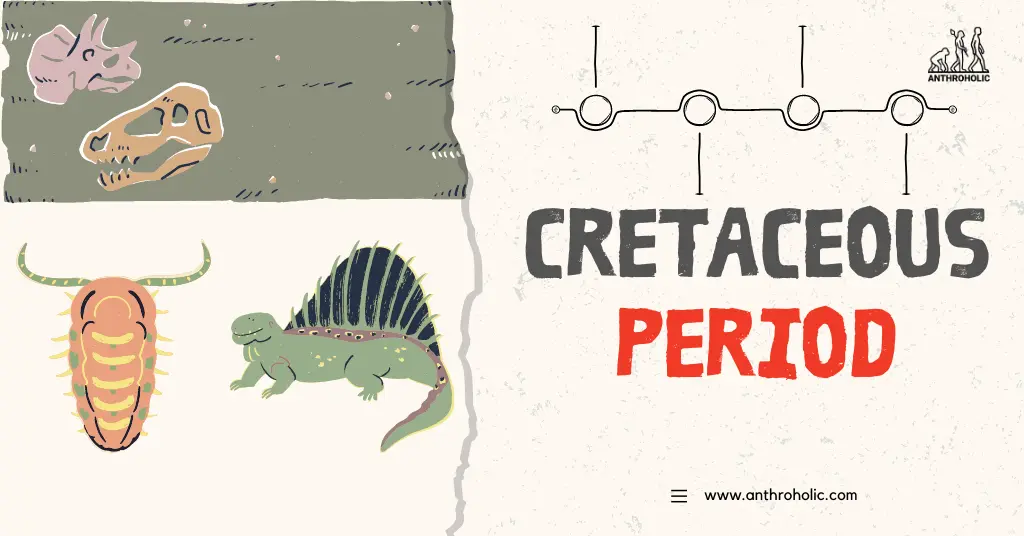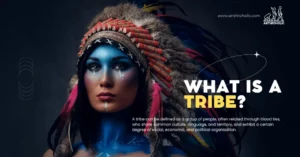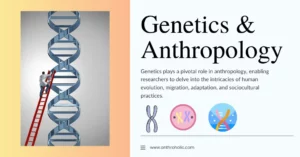AI Answer Evaluation Platform Live Now. Try Free Answer Evaluation Now
Cretaceous Period
The Cretaceous period, spanning from approximately 145 to 66 million years ago, is the last geological period of the Mesozoic Era, following the Jurassic period and preceding the Paleogene period [1]. This period is renowned for its diverse and abundant life forms, including the iconic dinosaurs, and for the significant geological and climatic changes that occurred.

Geological Characteristics
Plate Tectonics
During the Cretaceous period, the Earth’s continents were in a state of flux. The supercontinent Pangea, which had existed since the late Paleozoic era, began to break apart [2]. This led to the formation of the Atlantic Ocean and the isolation of South America and Africa.
| Continent | Position During Cretaceous |
|---|---|
| Africa | Started to separate from South America |
| South America | Began to isolate, forming the Andes |
| North America | Split from Europe, forming the Rocky Mountains |
| Australia | Began to separate from Antarctica |
Climate
The Cretaceous period was characterized by a warm climate, with high sea levels and no polar ice caps. This led to extensive marine inundation of the continents [3]. The warm climate was likely due to high levels of carbon dioxide, possibly from volcanic activity.
Biological Evolution
Flora
The Cretaceous period saw significant evolution in plant life. It marked the rise of flowering plants (angiosperms), which rapidly diversified and became the dominant plant group on Earth [4]. Other plant groups, such as conifers and ferns, also thrived during this period.
Fauna
The Cretaceous period is most famous for its diverse array of dinosaurs. This period saw the evolution of many well-known species, including Tyrannosaurus rex, Triceratops, and Velociraptor. However, the end of the Cretaceous period marked the extinction of all dinosaur species, except for the lineage leading to modern birds [5].
In addition to dinosaurs, the Cretaceous period also saw the evolution of many other animal groups. These include:
- The first true mammals
- The first birds
- Diverse marine life, including mosasaurs and plesiosaurs
- Insects, which diversified alongside flowering plants
The K-T Extinction Event
The Cretaceous period ended with one of the most significant extinction events in Earth’s history, known as the K-T (Cretaceous-Tertiary) extinction event. This event, which occurred approximately 66 million years ago, led to the extinction of about 75% of all species on Earth, including all non-avian dinosaurs [6].
The cause of the K-T extinction event is widely believed to be a combination of massive volcanic eruptions and the impact of a large asteroid or comet near what is now the Yucatan Peninsula in Mexico [7].
Cretaceous Paleogeography
Continental Drift
The Cretaceous period was a time of significant continental drift. The supercontinent of Pangea continued to break apart, leading to the formation of the continents as we know them today [8]. The Atlantic Ocean widened, and the Indian subcontinent began its collision course with Asia, which would eventually form the Himalayas [9].
Sea Levels
During the Cretaceous period, sea levels were significantly higher than they are today. This was due to the warmer climate, which prevented the formation of large ice caps at the poles. As a result, many of the continents were partially submerged under shallow seas [10].
Cretaceous Biodiversity
Marine Life
The Cretaceous seas were teeming with life. Large marine reptiles, such as ichthyosaurs, plesiosaurs, and mosasaurs, dominated the oceans. The period also saw the evolution of modern fish groups and the first appearance of coral reefs [11].
Terrestrial Life
On land, dinosaurs were the dominant terrestrial vertebrates. The Cretaceous period saw the evolution of many famous dinosaur groups, including tyrannosaurs, ceratopsians, and hadrosaurs. In addition, the first snakes and modern bird groups appeared during this period [12].
The End of the Cretaceous
The Cretaceous period ended with a mass extinction event, known as the Cretaceous-Paleogene (K-Pg) extinction event. This event, which occurred approximately 66 million years ago, resulted in the extinction of about 75% of all species on Earth, including all non-avian dinosaurs [13].
The cause of the K-Pg extinction event is believed to be a combination of environmental changes, volcanic activity, and the impact of a large asteroid or comet. The most compelling evidence for the impact hypothesis is the Chicxulub crater in Mexico, which dates to the end of the Cretaceous period [14].
Conclusion
The Cretaceous period was a time of significant change and diversity in Earth’s history. From the breakup of Pangea to the dominance of dinosaurs and the catastrophic K-Pg extinction event, the Cretaceous period has left a lasting impact on the Earth’s geological and biological history.
References
[1] “Cretaceous Period.” Encyclopædia Britannica. https://www.britannica.com/science/Cretaceous-Period
[2] Scotese, C.R. (2004). “A Continental Drift Flipbook”. Journal of Geology, 112, 729-741.
[3] Huber, B.T., Norris, R.D., and MacLeod, K.G. (2002). “Deep-sea paleotemperature record of extreme warmth during the Cretaceous.” Geology, 30(2), 123-126.
[4] Friis, E.M., Crane, P.R., and Pedersen, K.R. (2011). “Early Flowers and Angiosperm Evolution.” Cambridge University Press.
[5] Brusatte, S.L., O’Connor, J.K., and Jarvis, E.D. (2015). “The Origin and Diversification of Birds.” Current Biology, 25(19), R888-R898.
[6] Schulte, P., et al. (2010). “The Chicxulub Asteroid Impact and Mass Extinction at the Cretaceous-Paleogene Boundary.” Science, 327(5970), 1214-1218.
[7] Courtillot, V., and Renne, P.R. (2003). “On the ages of flood basalt events.” Comptes Rendus Geoscience, 335(1), 113-140.
[8] Miller, K.G., et al. (2005). “The Phanerozoic Record of Global Sea-Level Change.” Science, 310(5752), 1293-1298.
[9] Bardet, N. (1994). “Extinction events among Mesozoic marine reptiles.” Historical Biology, 7(4), 313-324.
[10] Renne, P.R., et al. (2013). “Time Scales of Critical Events Around the Cretaceous-Paleogene Boundary.” Science, 339(6120), 684-687.




